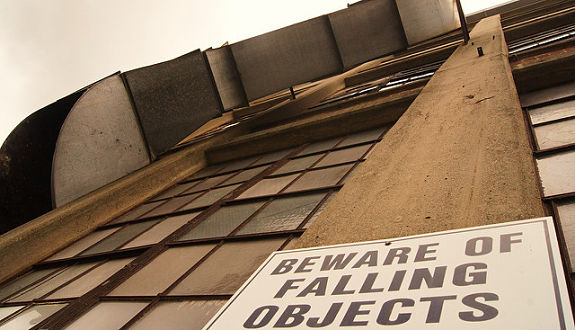Caveat Scolasticus, or, in English, Student Beware
- by
- Apr 05, 2016
- Law School Advice, Law School Debt
- Reviewed by: Matt Riley


We told you a few weeks ago about the student that was suing her law school for allegedly misrepresenting employment data. She lost.
My property professor is fond of saying that only deviants litigate, since pretty much everyone else figures out how to fix their problems outside of a courtroom. So what can prospective law school students do short of suing after they’ve already taken a $300,000 plunge?
I have a simple rule of thumb I tell my students. You don’t have to go to a top 14 law school, but you should be able to get into one. The top 14 law schools—as ranked by US News—enjoy a significant employment advantage over the rest of the 200 or so ABA-accredited law schools. The idea is this: if you can get into a T14 school, you can probably go somewhere else for next to free. And (next to) free is usually a good deal. But to get into a T14 law school you’ll probably need to do well on your LSAT—you’ll need about a 169. If it’s your dream to go to law school, don’t settle for a high-risk law school; study for the LSAT instead.
If you think this is overly conservative, have a look at this table:

Source Law School Transparency.
What you’re looking at are the worst law schools for getting a job as a lawyer. With odds between 1.4% and 32% — look at the column with the green percentages — are monthly loan repayments in the thousands worth it? I can’t imagine how.
The odds are better at middle of the pack law schools, but, again, with monthly loan repayments in the thousands, the odds of getting a job that merely requires a JD—not one that could service your debt—are worrisome.

Source Law School Transparency.
If you don’t have a passion for working in the public sector, a JD-required job isn’t what you’re looking for. What you really want is a job at a big firm. It’s your only chance to repay the kind of debt you see in the above tables.
To get a sense for what the odds of getting a job at a big firm are, the NLJ Go-To Law Schools ranking is helpful. It’s a ranking based on the percentage of students who get jobs at the country’s 250 largest firms.

To get more precise BigLaw data on your school, have a look at your schools NALP Summary Report. You can find the form by just googling “[SchoolName] employment”. Scroll down until you get to law firm employment and calculate what percentage of the class is employed at firms with over 100 lawyers. It should look something like this:

You can get a decently accurate picture if you add up the number of students at firms with more than 100 attorneys, and the number of students who got federal clerkships. Divide this sum by the total number of graduates. The thing is, even at the best schools, this percentage will be somewhere in the low 70s. Dividing by the total number of graduates isn’t the best method, because a significant portion will not participate in on-campus interviews, but I doubt that taking these folks out would increase the percentage by more than about 10%. Very few people skip on-campus interviews.
Now, if you’re among the very few students with a passion for public interest legal work, then BigLaw numbers aren’t directly relevant to you. Instead, you need to do research into your school’s Loan Repayment Assistance Program, or LRAP. That should be easy to find too, just google “[SchoolName] LRAP”. If your school doesn’t have a good LRAP program, then you can still go to law school, but you’ll have to carefully determine whether you’re can and are willing to go with income-based repayment.
Good luck!
Search the Blog

Free LSAT Practice Account
Sign up for a free Blueprint LSAT account and get access to a free trial of the Self-Paced Course and a free practice LSAT with a detailed score report, mind-blowing analytics, and explanatory videos.
Learn More
Popular Posts
-
logic games Game Over: LSAC Says Farewell to Logic Games
-
General LSAT Advice How to Get a 180 on the LSAT
-
Entertainment Revisiting Elle's LSAT Journey from Legally Blonde








